Address
6050 N 9th Ave Suite D Pensacola FL 32504
Work Hours
Mon: 10am – 6pm
Tues: 10am – 6pm
Wed : 9am – 4pm
Thurs: 9am – 12pm
Fri - Sat- Sun: Closed
Address
6050 N 9th Ave Suite D Pensacola FL 32504
Work Hours
Mon: 10am – 6pm
Tues: 10am – 6pm
Wed : 9am – 4pm
Thurs: 9am – 12pm
Fri - Sat- Sun: Closed
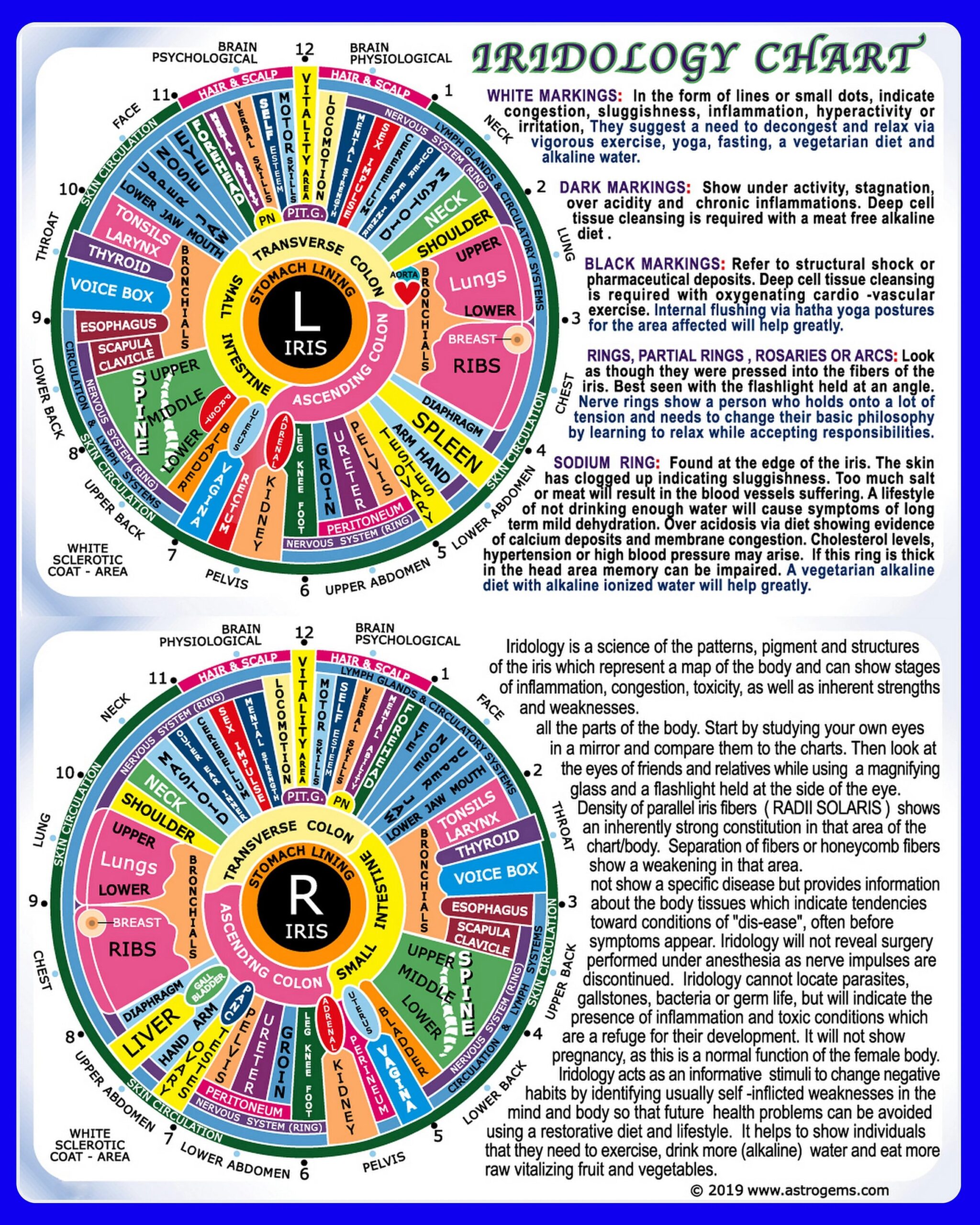
In “Understanding Iridology Charts: A Guide,” you will discover a valuable resource for gaining insight into your overall health and well-being. This article provides an introduction to the practice of iridology, the study of the iris to reveal information about various systems of the body. Through the expertise and guidance of certified iridologist and natural health advisor, Holly Gibson, you can learn how to interpret iridology charts and understand what they may indicate about your health. With Holly’s nine years of experience in the alternative health field, she offers comprehensive consultations that address your specific ailments, fears, and concerns. By following a personalized plan tailored to your needs, you can achieve optimal health and enjoy a more vibrant life.
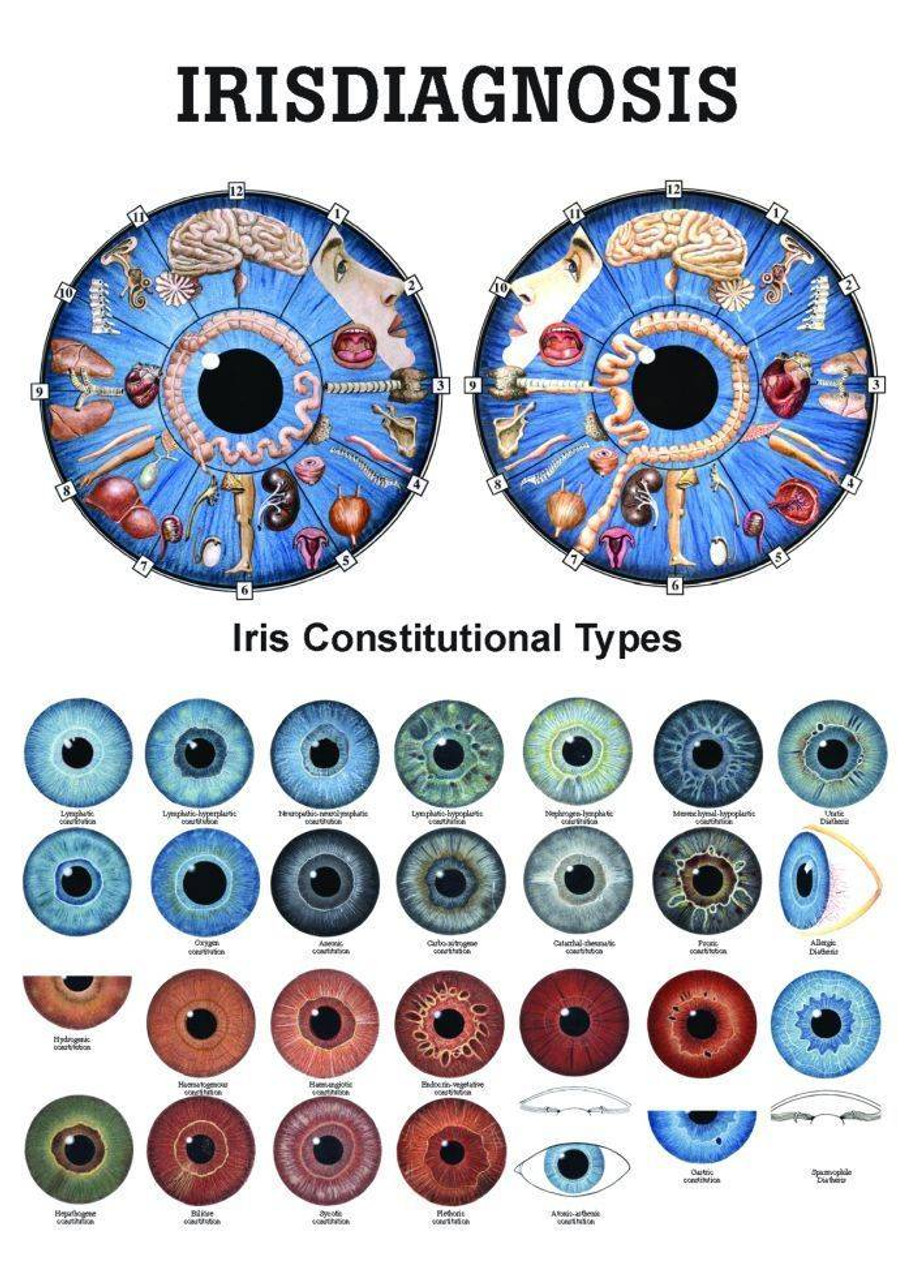
This image is property of cdn11.bigcommerce.com.
Iridology is a form of alternative medicine that involves examining the iris of the eye to gain insights into a person’s overall health and well-being. It is based on the belief that changes in the iris can indicate specific health conditions and imbalances in the body. By studying the patterns, colors, and other features of the iris, iridologists can identify potential health issues and recommend holistic treatments.
Iridology, also known as iris diagnosis, is a non-invasive diagnostic technique that involves analyzing the iris of the eye to assess an individual’s health status. According to iridologists, various markings, colors, and patterns in the iris can reveal information about different organs and systems in the body.
The practice of iridology can be traced back to ancient civilizations such as Egypt, Greece, and China. However, modern iridology as we know it today was developed in the late 19th century by a Hungarian physician named Ignaz von Peczely. Von Peczely noticed that an owl he had captured had a white mark in its iris corresponding to a broken leg, leading him to believe that there was a connection between the iris and overall health. His observations laid the foundation for the modern practice of iridology.
Iridology is based on the principle that the iris is a map of the body, and that changes in the iris reflect changes in specific organs and systems. According to this theory, nerve fibers in the iris are connected to various parts of the body, and abnormalities in these areas can manifest as specific markings or patterns in the iris.
To practice iridology, a trained iridologist examines the iris with the help of a specialized magnifying glass or camera. The iris is divided into different zones that correspond to different parts of the body. By observing the colors, patterns, and other features of each zone, an iridologist can gather information about the individual’s health and identify potential areas of concern.
Iridologists interpret the signs and markings in the iris based on their training and experience. Each marking or color variation can indicate different conditions or imbalances in the body. For example, a dark spot in a particular zone of the iris might suggest a problem with the corresponding organ or system. Iridologists use charts and reference guides to help them analyze and interpret the iris signs accurately.
The size and shape of the pupil can provide valuable information in iridology. For example, a constricted pupil might indicate tension or stress in the corresponding organ or system. On the other hand, a dilated pupil could suggest inflammation or congestion.
Different colors in the iris can also give insights into a person’s health. For instance, a yellowish tint might indicate a dysfunction in the liver or gallbladder, while a bluish discoloration could be a sign of circulatory problems.
The patterns and markings in the iris are crucial in iridology analysis. These can include lines, rings, dots, and other shapes. Each pattern has a specific meaning and can point to potential health issues. For example, a ring around the iris called a “nerve ring” might indicate stress or tension in the corresponding body zone.
The head and brain zone in the iris corresponds to the upper part of the iris. Iridologists analyze this area to gain insights into the health of the brain, sinuses, and other structures related to the head. Markings or discolorations in this zone might suggest migraines, sinus issues, or other neurological conditions.
The digestive system zone is located in the lower part of the iris. It provides information about the health of the stomach, liver, intestines, and other organs involved in digestion. Iridologists examine this zone for signs of digestive disorders, food intolerances, or imbalances in gut health.
The cardiovascular system zone is situated in the outermost part of the iris. It reflects the health of the heart, blood vessels, and circulatory system. Iridologists pay close attention to this zone to identify potential cardiovascular issues such as high blood pressure, poor circulation, or heart disease.
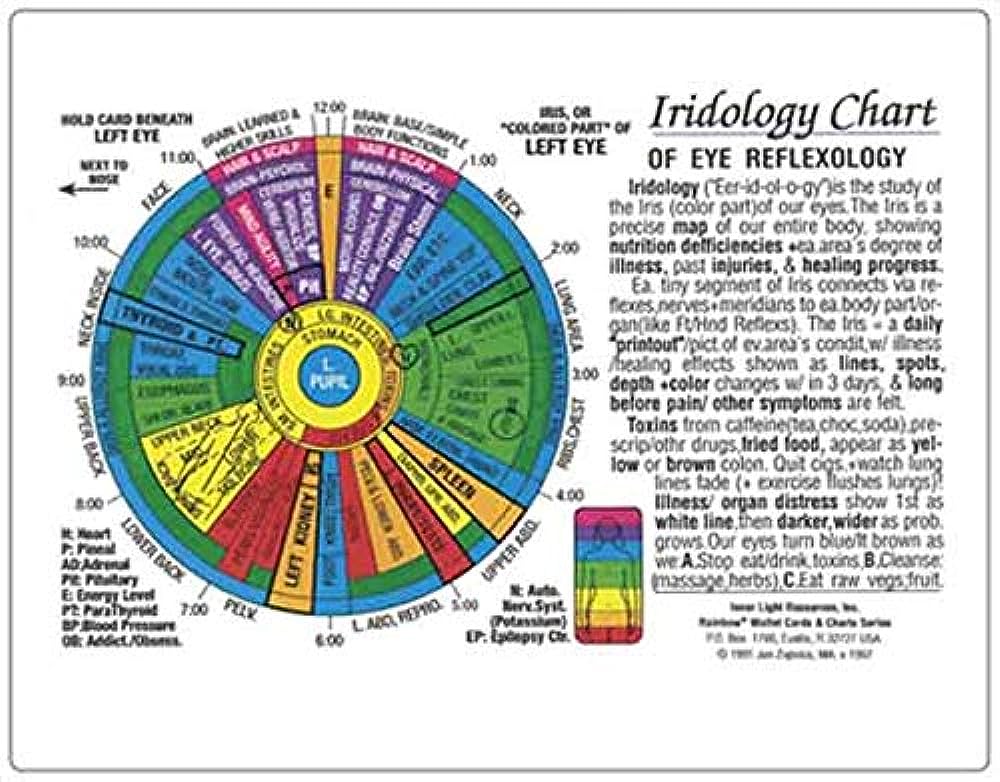
This image is property of Amazon.com.
Nerve rings are circular markings in the iris that encircle the outer edge of the iris or specific zones within it. These rings are believed to indicate stress or tension in the corresponding body area. Nerve rings might suggest ongoing or chronic conditions that require attention and management.
A lymphatic rosary is a series of small dots or specks that form a pattern in the iris. This pattern is associated with the lymphatic system, which is responsible for removing toxins and waste from the body. A pronounced lymphatic rosary might suggest a compromised immune system or a buildup of toxins in the body.
Crypts are small indentations or furrows, while fissures are longer and deeper grooves in the iris. These features can be indicative of weakness or degeneration in the corresponding organ or system. For example, deep fissures in the gastrointestinal zone might suggest digestive issues or poor nutrient absorption.
One of the main applications of iridology is to identify potential health issues before they manifest as symptoms. By analyzing the iris, iridologists can pick up on early signs of imbalance or dysfunction and provide recommendations for preventive measures or holistic treatments.
Iridology can also be used to monitor the progress of health treatments. By regularly examining the iris, iridologists can track changes and improvements in the body. This can help individuals and their healthcare practitioners gauge the effectiveness of their treatments and make any necessary adjustments.
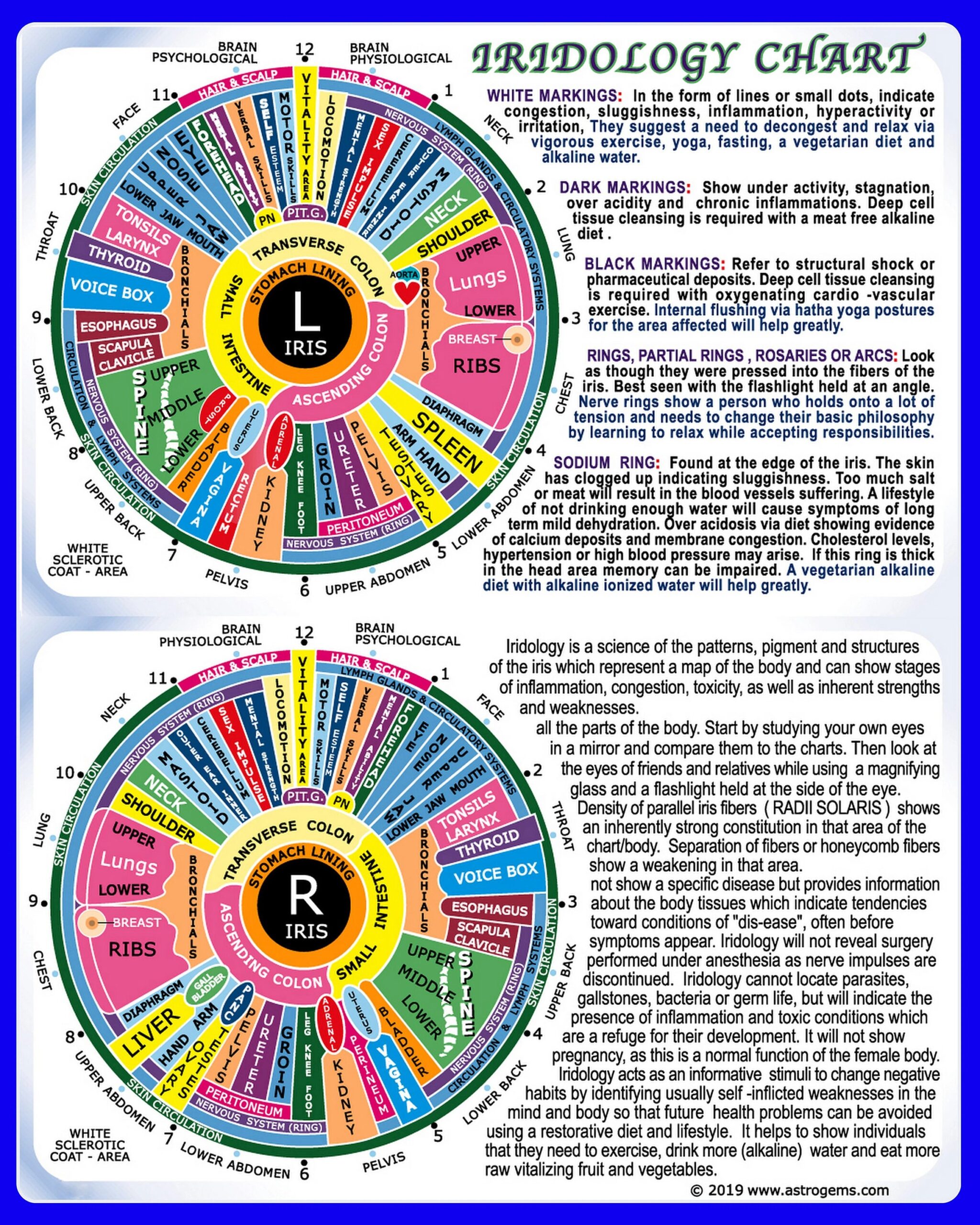
This image is property of i.etsystatic.com.
Iridology is often used as a complementary diagnostic tool alongside traditional medical diagnosis. It can provide additional insights and information that may aid in the overall assessment of a person’s health. However, it is important to note that iridology is not meant to replace conventional medical diagnosis but rather to complement it.
Iridology bridges the gap between holistic and conventional medicine by considering both the physical and energetic aspects of health. It takes into account the interconnectedness of the body, mind, and emotions and provides a holistic perspective on health and well-being. By combining insights from iridology and traditional medical diagnosis, individuals can benefit from a comprehensive approach to their healthcare.
One of the main criticisms of iridology is the lack of scientific evidence supporting its effectiveness. While there is anecdotal evidence of its benefits, there is a scarcity of rigorous scientific studies that validate its claims. As a result, iridology is often regarded as a pseudoscience by conventional medical professionals.
Another criticism of iridology is the potential for misinterpretation of iris signs and markings. The practice heavily relies on the expertise and experience of the iridologist, and different practitioners may interpret the same findings differently. This variability raises concerns about the reliability and consistency of iridology as a diagnostic tool.
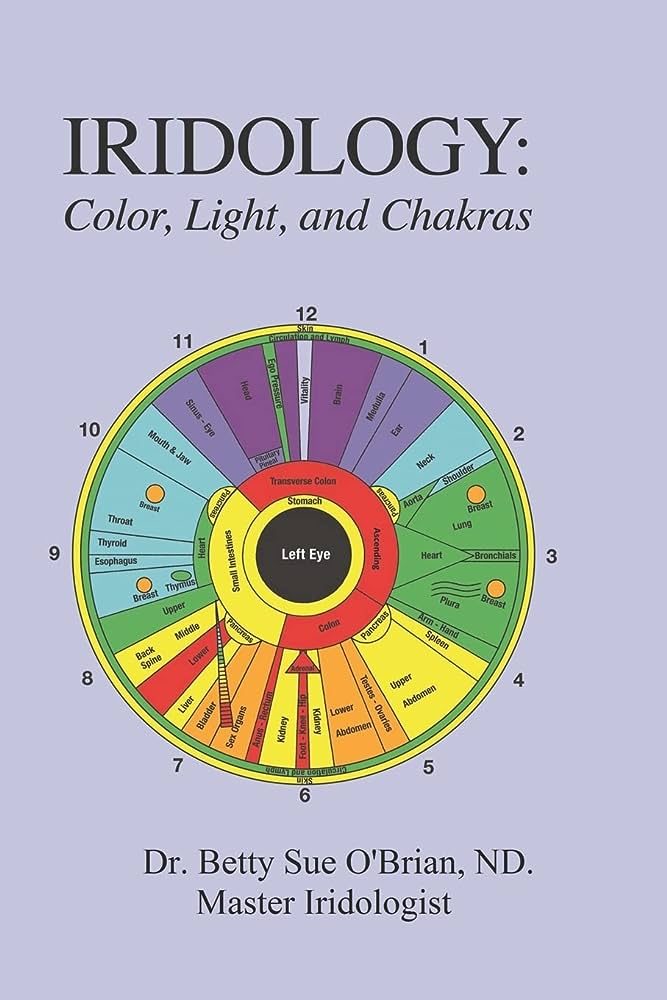
This image is property of Amazon.com.
When selecting an iridologist, it is essential to consider their certifications and training. Look for practitioners who have completed recognized iridology courses or programs and have obtained relevant certifications. This ensures that they have the necessary knowledge and skills to perform accurate iris analyses.
Experience and reputation are also important factors to consider when choosing an iridologist. Seek recommendations from trusted sources, such as healthcare professionals or other individuals who have undergone iridology consultations. Checking online reviews and testimonials can also give you insights into the practitioner’s reputation and the quality of their services.
For those interested in learning more about iridology, there are several books available that provide in-depth information and guidance. Some recommended titles include:
There are also numerous websites and online communities dedicated to iridology where individuals can find additional resources and connect with like-minded individuals. Some reputable websites and communities include:
In conclusion, iridology is a fascinating and controversial field that offers a unique perspective on health and well-being. While it has its critics and limitations, many individuals find value in iridology as a complementary tool for understanding and improving their health. If you are curious about iridology, consider consulting with a certified iridologist to explore its potential benefits for your own well-being.
Any medical or healthcare advice mentioned in this article is for informational purposes only and should not substitute professional medical advice. Always consult with a qualified healthcare professional before making any decisions regarding your health.